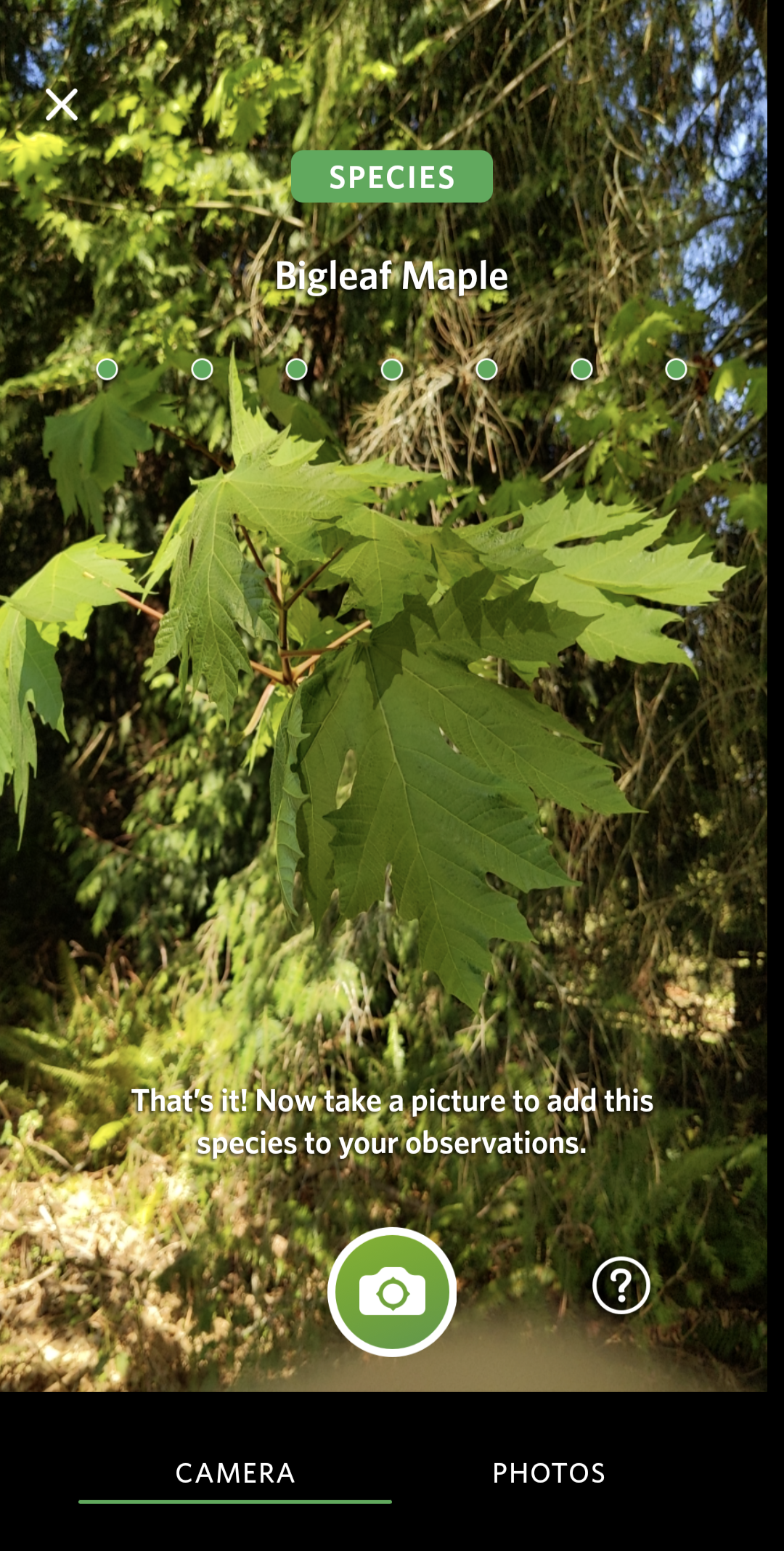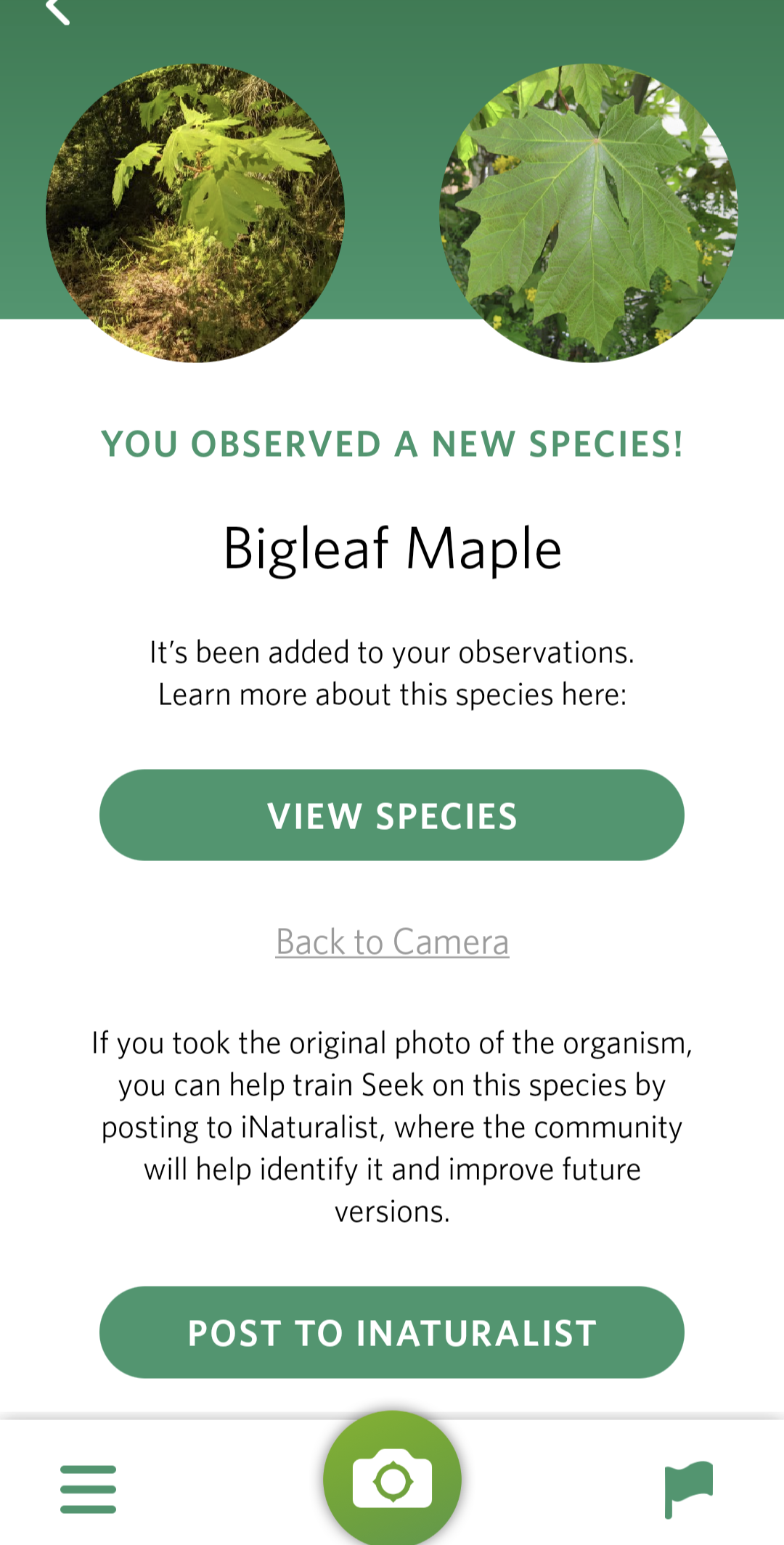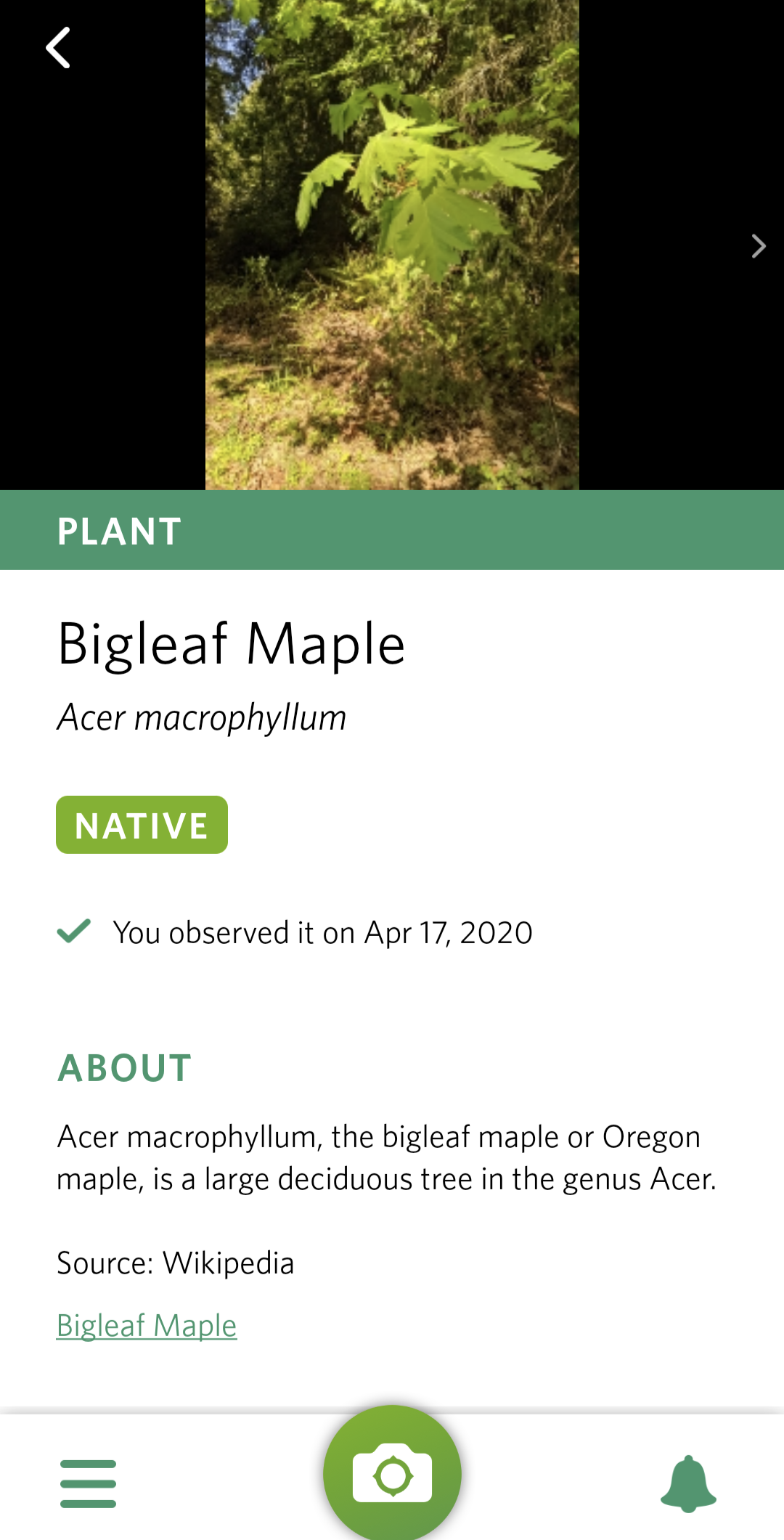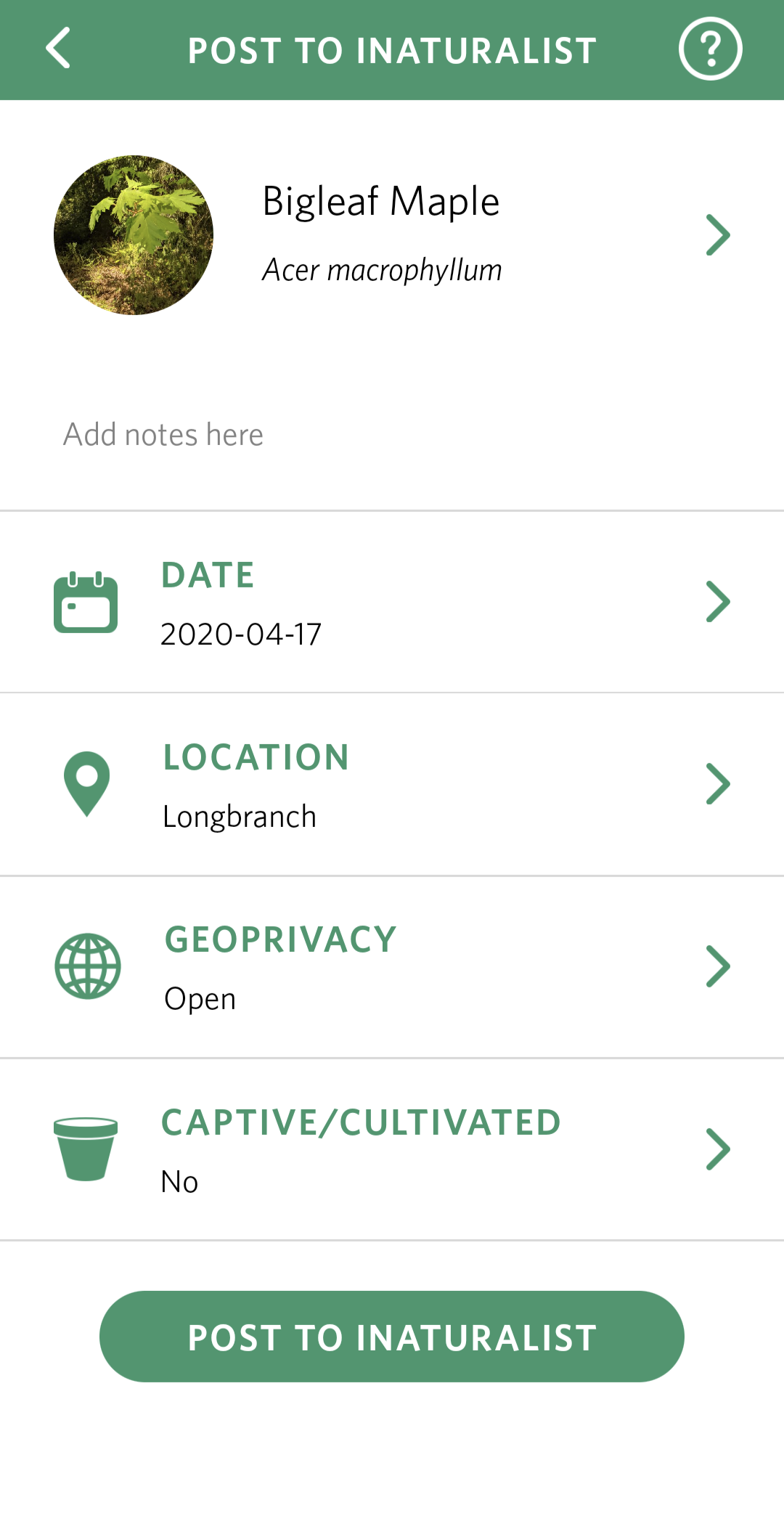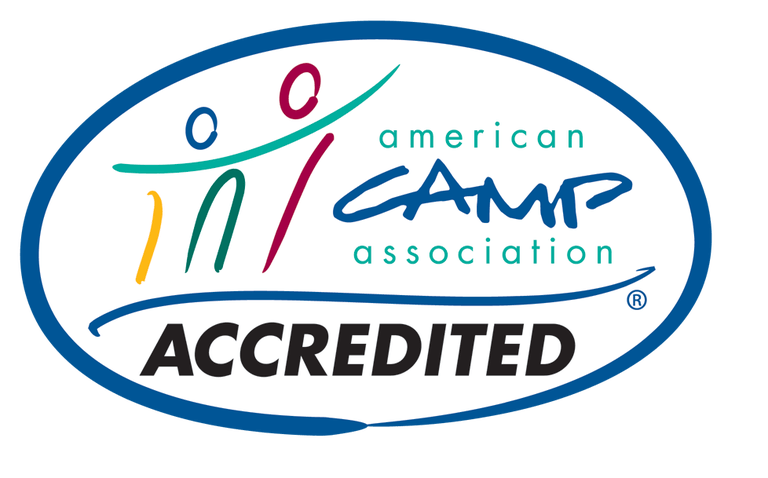The At Home Naturalist: Citizen Science
/Photo: citizenscience.org
If you are looking for new ways to interact with the nature around your home, there are some fantastic options to not only learn about what is around you but also to help contribute to scientific research. There are a number of apps and websites that use the help of people just like you to make observations (often through pictures you can take on your phone). In doing this you can participate in what is called citizen science, where the public helps research scientists collect data. I like to think that the “citizen” part of this means all people on Earth no matter their background, experience, or education because we all can help scientists learn about the amazing world we live in. This is also a great way to virtually get involved for the 50th anniversary of Earth Day which is on Wednesday of next week (April 22nd)!
There are so many citizen science options out there. They are definitely not limited to the few I am about to mention below. So if there is a topic you are interested in that doesn’t get covered in this post, I highly recommend doing your own research into it! You can start here: https://www.citizenscience.org/out-of-school/
iNaturalist
My most used citizen science app it called iNaturalist. I enjoy taking pictures of nature so it is an easy extra step for me to post these pictures on this app/ website. After I upload the picture, I can give my best identification of what I found. Then, others in the iNaturalist community can either agree or disagree with my identification of the organism. If the photo gets enough positive identifications, it becomes “research grade.” iNaturalist has had so many observations that they are now able to use image recognition technology to identify what you are looking at. I was just introduce to their new app called Seek. This app identifies the organism you are looking at to the best of it’s ability. Then when you take the picture, it gives you information about what you are looking at as well as the option to post it to iNaturalist (if you have an account). You do not need to have an account to use Seek. You can simply use it to learn about the plants and animals in your neighborhood! You also earn badges on the Seek app for identifying organisms.
Here is the iNaturalist home page: https://www.inaturalist.org
Here is information about Seek: https://www.inaturalist.org/pages/seek_app
Here is what Seek looks like. It was able to identify this plant to species: Big Leaf Maple!
Merlin Bird ID and eBird
American Crow
If birding is more of your interest, an excellent way to start or increase your knowledge of the birds you see is through the app Merlin Bird ID. This is also an app that I have been using for a long time. It is by the Cornell Lab of Ornithology. Ornithology is the study of birds. When you download the app, you also download a “Bird Pack” for your area. I have the US: West Coast Pack on my app. Then you can either identify a bid through a photo or by description. The description option will ask for location, date, size, main colors, and a little about the behavior of the bird (was is in the water, in the bushes, on the ground etc). It will then list some possible birds. From here you can learn about the bird and listen to that calls it makes. Once you feel like you have learned many of the birds in your area, you can join the eBird project. This is a separate app that you can link to your Merlin Bird ID. In eBird you can “start a check list.” This will start a timer and bring up a checklist of birds. You can search for the bid you see and add how many individuals of that species you find. This can be done on a walk around your neighborhood or while siting in your backyard. It also can be done from a computer. If you do ID birds in your yard, you can add the “Yard tool” to keep track of what kind of birds you see in your yard all year round. Check this out for more info: https://ebird.org/news/discover-the-birds-in-your-yard-or-garden . You do need some comfort with the species of birds in your area.
Here is more about Merlin Bird ID: https://merlin.allaboutbirds.org/
Here is more about eBird: https://ebird.org/about
Globe at Night
Big Dipper in the Ursa Major Constellation
If the night sky is more in your interest, Globe At Night is a great option. It collects data about how well you can see constellations in the night sky during select times of the year. The next data collection time is going on no through April 24th. You will be looking for the constellation Leo. The reports asks you for your location, date, time of observation, how many stars you can see, and what the weather is. The purpose of this project is to document and raise awareness about light pollution. Light pollution is caused by all of the lights that are on at night in building and on the streets. Not only does this affect our ability to view the sky, it can affect many animals as well as raise awareness about how much energy we use to keep those lights on. I know we don’t get too many clear nights in Washington, but that is important information as well! If you are unsure of how to find Leo, the website can help you with that too. There are also some great star finding apps including Sky Map and SkyView Lite.
Here is more information about Globe at Night: https://www.globeatnight.org/5-steps.php
In other news, if you are located around the South Sound and are interested in some virtual Earth Day events, check out https://earthdaysouthsound.org/ . For those located in other areas, check out: https://www.earthday.org/ .
If using technology is not the way you want to interact with nature, tomorrow I will share how to be an “At Home Naturalist” without the use of technology!



